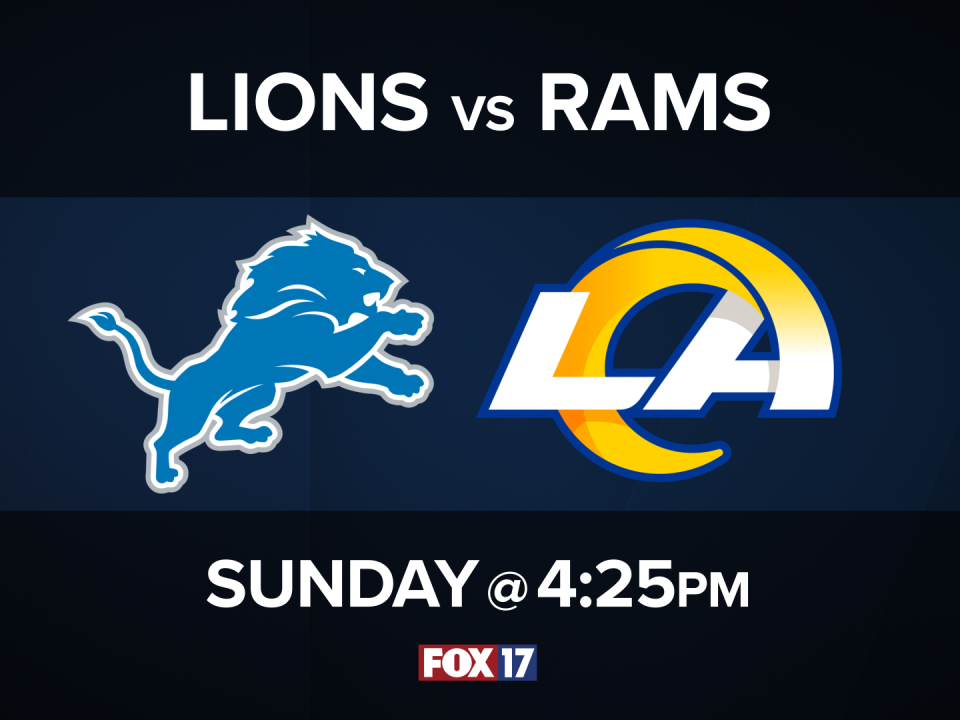GRAND RAPIDS — Have you ever completely crushed a soda can before? Do you know why or how they can be crushed? Its all about changing the atmospheric pressure within and around the can! Let's get started!
What you need:
- Empty soda can
- Saucepan
- Stove top
- Kitchen tongs
- Ice cold bowl of water
- Safety glasses
Step 1: Fill the soda can with a small amount of water just enough to cover the bottom of the can
Step 2: Place can upright in a saucepan on the stove top. Heat up the can until the water inside starts to boil. Let the water boil for about 30 seconds
Step 3: Grab the can with kitchen tongs
Step 4: Quickly flip the can and dunk it into the bowl of cold ice water
Step 5: Watch the can collapse!
We just crushed a can using atmospheric pressure! When we heated the can we caused the water to boil and create the water vapor, which is actually part of the water cycle when sun heats us up and water evaporates off the ground. From that boiling water the water vapor pushed air out of the can escaping out of the top.
Once we dunked the can in the cold ice water will suddenly cool it. Cooling the can then causes the water vapor to condense and create a partial vacuum. The now extremely low pressure inside the can made it possible for the pressure of the air outside of the can to crush it.
A can is crushed when the pressure outside is greater than the pressure inside and that pressure difference is greater than the can is able to withstand.
Usually the air pressure inside an open can is the same as the pressure outside. However, for this experiment, the air was driven out of the can and replaced by the water vapor. That water vapor takes up more space than air molecules so the pressure inside the can became greater but when the water vapor condensed once we dunked it in the ice cold water the pressure inside the can became much less than the air pressure outside so it crushed the can.
We just crushed some cans with atmospheric pressure!! Send our meteorologist Candace Monacelli your pictures doing this experiments at home! She will feature future meteorologists on my Facebook page daily!




